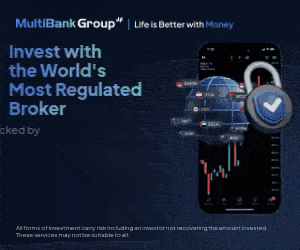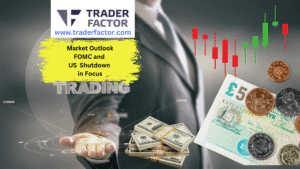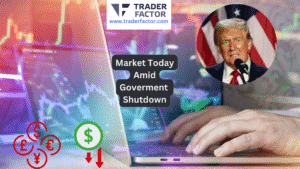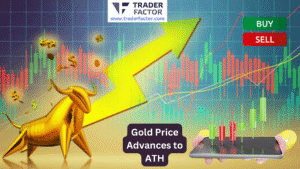The EUR/USD currency pair remains in focus as market participants await the European Central Bank’s (ECB) rate decision on April 17, 2025. With global economic tensions, uneven growth, and inflation challenges, traders anticipate significant policy moves from the ECB. The pair currently trades near 1.1400, reflecting cautious investor sentiment. Key elements influencing the exchange rate include global tariff-induced uncertainty, the Federal Reserve’s recent commentary, and Eurozone inflation data. Analysts predict a potential interest rate cut by the ECB, yet concerns over future monetary policy remain. This decision is poised to impact currency movements and regional economic dynamics alike.

Table of Contents
ToggleTechnical Analysis
EUR/USD continues to consolidate near 1.1400, showing a lack of clear short-term direction. The pair faces immediate resistance at 1.1475, marked by its recent four-year high. Support lies around 1.1350, a level tested during recent market pullbacks. The relative strength index (RSI) currently hovers near neutral territory, suggesting limited momentum. Meanwhile, the 50-day moving average aligns at 1.1370, offering additional support. A breakout above resistance or below support may define today’s bias post-ECB decision.
Tariffs Add Pressure on Global Trade
Global trade tensions fueled by President Trump’s tariffs have added a layer of uncertainty to the EUR/USD. The U.S. recently imposed sweeping tariffs that threaten global export flows, including those within the Eurozone. These measures are forecasted to slow growth, with projections showing a potential 6% reduction in U.S. GDP. For Europe, the spillover effects are palpable, as the region faces declining growth momentum in sectors heavily reliant on exports. Compounded by policy unpredictability from the U.S., these trade frictions continue to shape investor confidence. These developments are influencing how traders position themselves in dollar-euro markets.
The U.S. Dollar’s Vulnerability
The Federal Reserve outlined risks to U.S. economic growth this week, weighing on dollar strength against other currencies. Chair Jerome Powell cited trade tensions and slowing manufacturing as significant concerns. Additionally, U.S. retail sales data showed slower-than-expected consumer spending, adding pressure on the dollar. The weaker economic outlook could lead to reduced confidence in the greenback, indirectly supporting the euro. Despite current challenges, the dollar retains investor interest due to its safe-haven appeal. However, shifts in risk appetite or monetary policy could alter this dynamic. The coming ECB actions might further determine how currencies recalibrate in global markets.
Eurozone Inflation and ECB Considerations
Inflation within the Eurozone, recorded at 2.2% for March 2025, has edged closer to the central bank’s target, though underlying concerns remain. Policymakers worry about stagnation risks and slowing economic activity, prompting the ECB to consider further monetary easing. Analysts expect a reduction of 25 basis points at today’s meeting, marking the third such move this year. This potential cut, reducing rates to 2.25%, highlights efforts to stimulate growth amid mixed economic signals. However, the ECB faces a challenging task as inflationary trends remain uneven across member states, complicating its ability to pursue further accommodative policies effectively.
Outlook and Market Sentiment
European markets are treading carefully, awaiting signals from the ECB regarding future monetary strategy. Market sentiment hinges largely on how policymakers address existing growth and inflation challenges. Any overt dovish cues could weigh further on the euro, though a restrained tone may stabilize current exchange levels. Global trade factors and U.S. policy remain integral to shaping forex reactions. With most traders already pricing in a rate cut, the forward guidance from ECB President Christine Lagarde will hold particular weight. Clarity on the broader economic strategy may provide the market with needed direction amid persistent external uncertainties.
Conclusion
The ECB’s rate decision comes at a critical juncture for EUR/USD values. Persistent global trade issues and diverging economic outlooks across regions have compounded market volatility. While significant outcomes hinge on the central bank’s announcement, its tone will be equally vital. Traders should monitor not only today’s actions but also subsequent policy signals that could affect currency movements ahead.
Disclaimer:
All information has been prepared by TraderFactor or partners. The information does not contain a record of TraderFactor or partner’s prices or an offer of or solicitation for a transaction in any financial instrument. No representation or warranty is given as to the accuracy or completeness of this information. Any material provided does not have regard to the specific investment objective and financial situation of any person who may read it. Past performance is not a reliable indicator of future performance.

















